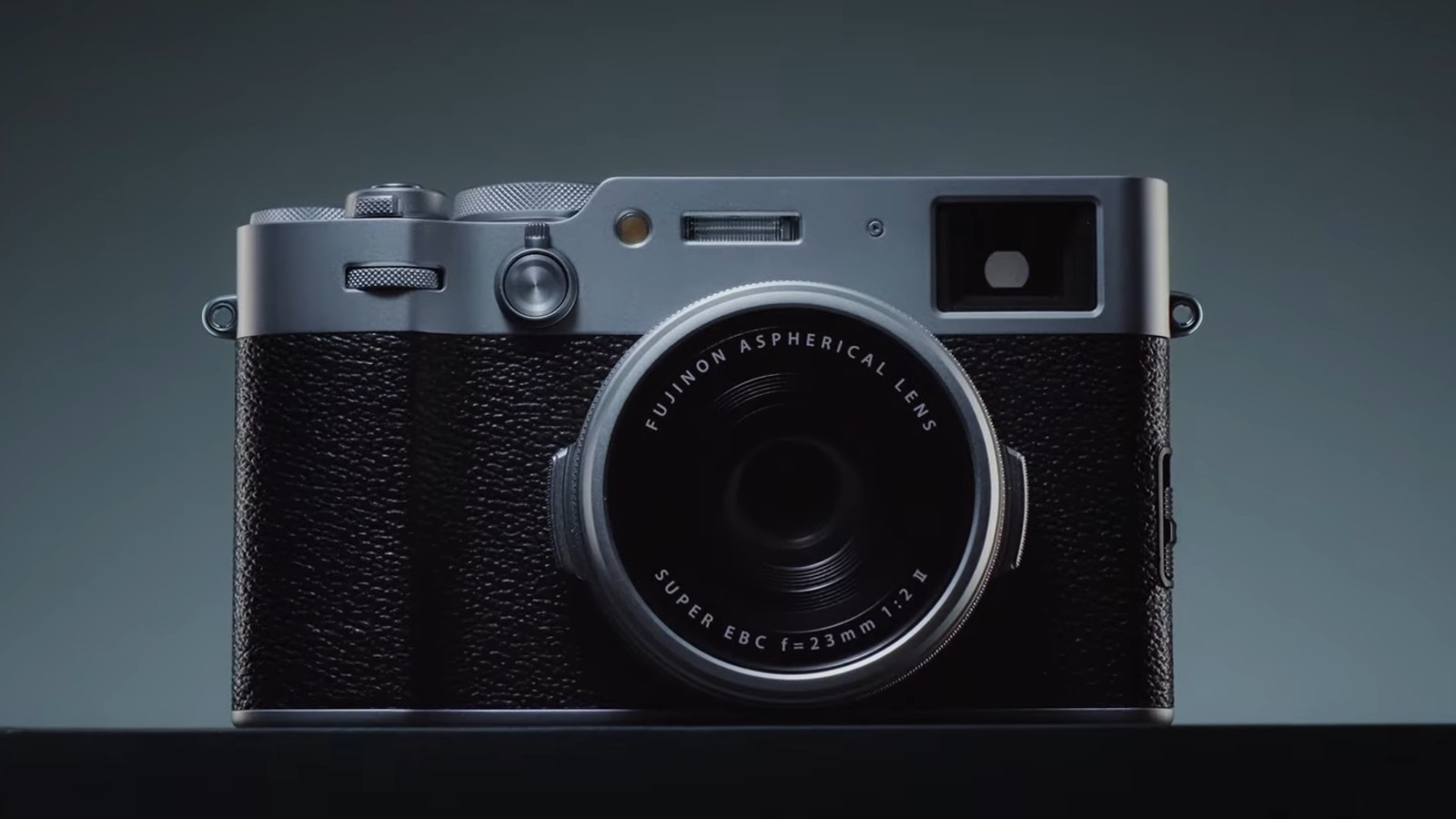
The X100VI is building on the things that made it an excellent camera. It’s getting the newer X-Trans 5 CMOS 5 HR sensor found on its high-end mirrorless cameras like the X-H2 and X-T5, allowing you to get professional-quality photos and video.
Another thing that the X100V lacked was image stabilization. The X100VI fixes this by adding a five-axis in-body image stabilization system, letting you shoot perfectly sharp photos and more stable video even in low-light conditions.
But aside from these big changes, the camera remains mostly the same. It’s still compatible with accessories from the X100V, like its telephoto and wide conversion lens, protector filter, and lens hood. So, even if you’ve already invested in accessories for the X100V, you can still use them when you upgrade.
And just like the other X100 cameras, the X100VI retains the dials and aperture ring for manual control. Even though it’s slightly heavier now at 521 grams, it’s still a relatively light camera for the power it delivers. FujiFilm is also shifting camera production to China (at least for the X100VI), hopefully easing the supply woes the X100V experienced from its massive demand.
The X100V is already a great camera for beginners and enthusiasts alike, and FujiFilm is capitalizing on its previous success to deliver an even better device. If FujiFilm fixes its supply issue and delivers the cameras when the buyers want them, it has another winning camera in its hands.

